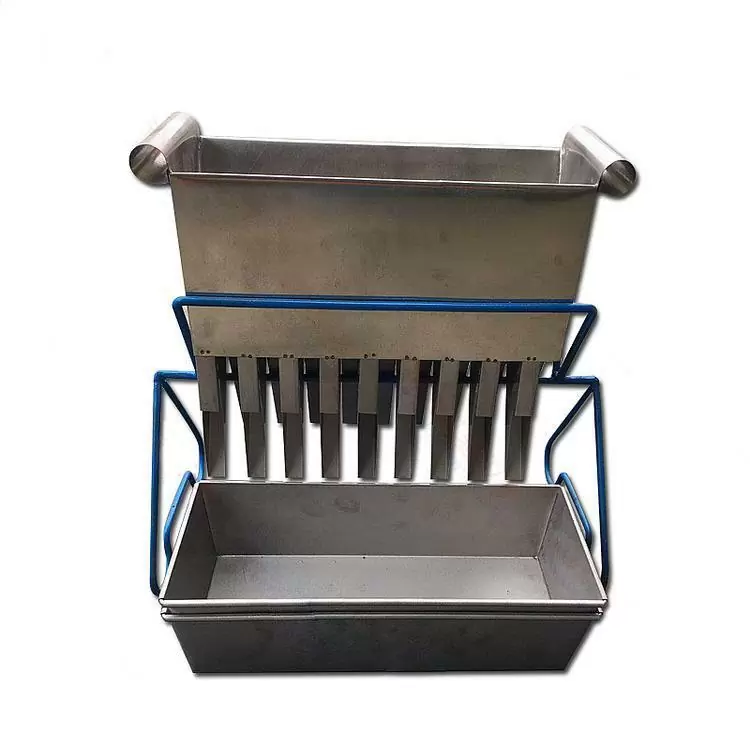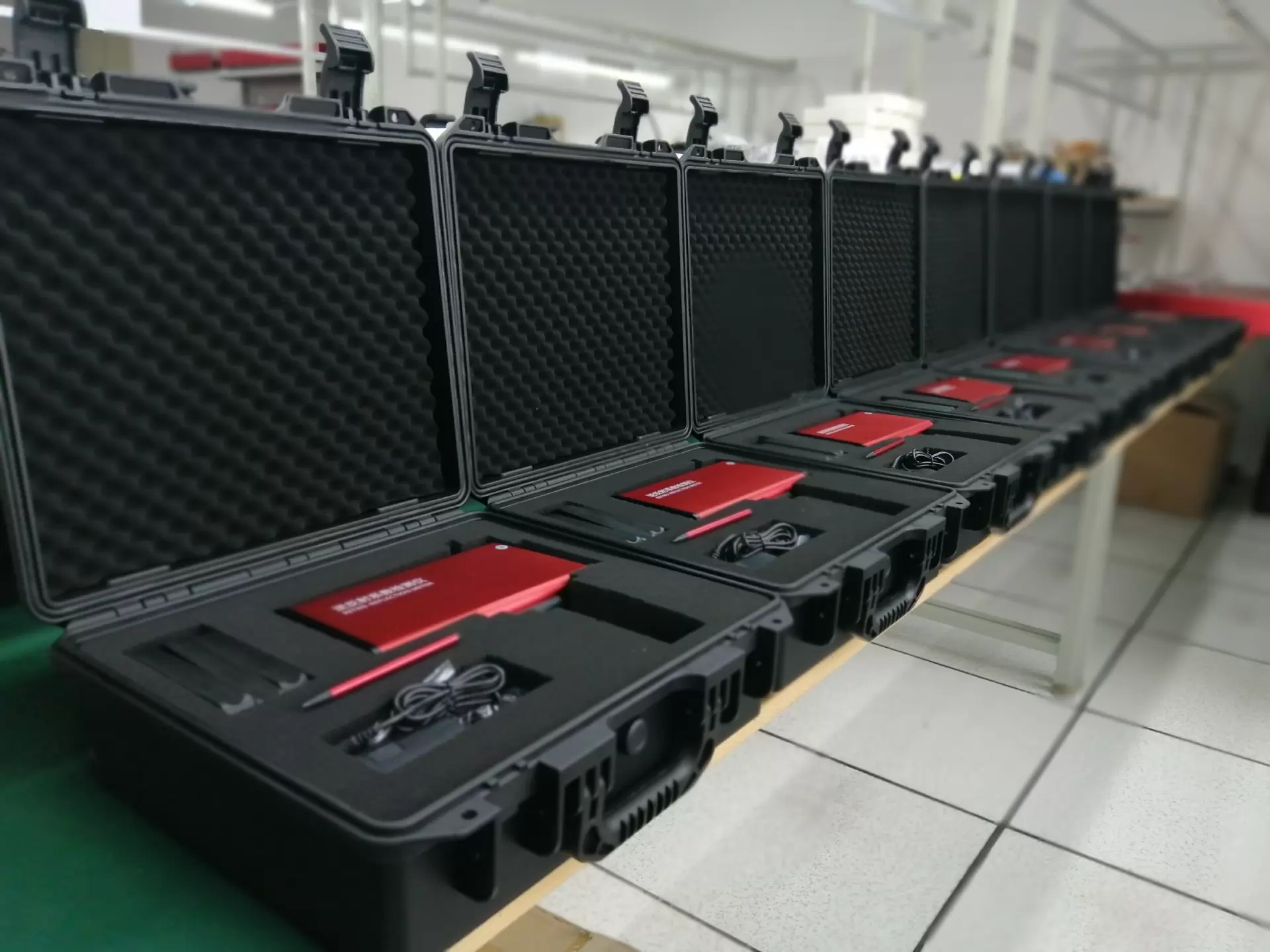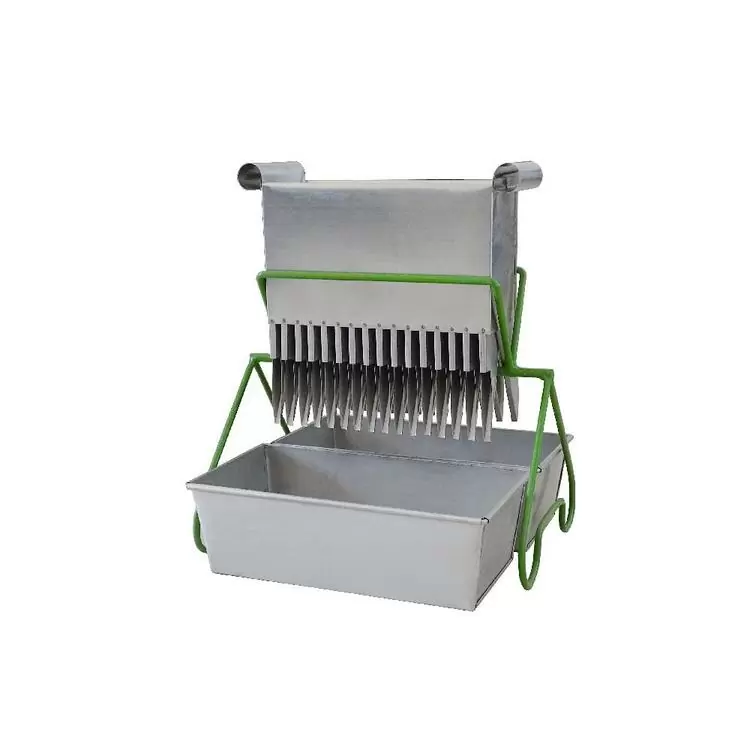PRODUCTS

STT-920C Pavemen Glass bead divider
STT-920C Pavement Marking Glass Bead Divider is designed in accordance with the provisions of GB/T24722-2009 "Glass Beads for Pavement Marking" and is an indispensable tool for shrinking glass bead samples. It is composed of a sealed shell, a trough, a sampler, a dustpan, etc. The slope of the trough slope is not less than 60 degrees. The main features are reasonable structure, convenient use, multi-point reduction performance, strong representativeness, and can greatly improve the efficiency and quality of sample preparation. It is suitable for the reduced sampling of glass beads for uneven road markings.
1、Product Introduction
STT-920C Pavement Marking Glass Bead Divider is designed in accordance with the provisions of GB/T24722-2009 "Glass Beads for Pavement Marking" and is an indispensable tool for shrinking glass bead samples. It is composed of a sealed shell, a trough, a sampler, a dustpan, etc. The slope of the trough slope is not less than 60 degrees. The main features are reasonable structure, convenient use, multi-point reduction performance, strong representativeness, and can greatly improve the efficiency and quality of sample preparation. It is suitable for the reduced sampling of glass beads for uneven road markings.
2、Main Parameters
1, Large size: sample size ≤13 mm, the number of grid slots is 16, and the grid slot width is 32.5mm.
2, medium size: sample size ≤6 mm, the number of grid slots is 18, and the grid slot width is 15mm.
3, small size: sample size ≤ 3 mm, the number of grid slots is 24, and the grid slot width is 7.5mm.
4, and equipped with a sample bucket, dustpan, etc.
3、Instructions
1, Use a glass bead splitter to split the sample. There is no need to mix before splitting. When feeding, the dustpan needs to be tilted to one side, and it must be reciprocated along the length of the glass bead splitter to make the glass The beads pass through the glass bead divider more evenly. Take one side of the coal sample after reduction.
2, A representative bag of glass beads will be selected at random. Pour the bag of glass beads into a container, and then pour from this container into another container, repeat this three times to ensure that the entire bag of glass beads can be evenly mixed before sorting. The uniformly mixed glass beads are poured into a glass bead splitter and repeated division to obtain about 1000 g of glass beads as a sample.
3, The general test of the glass bead divider should be carried out in an environment with a temperature of 23±2℃ and a relative humidity of 50%±5%.





